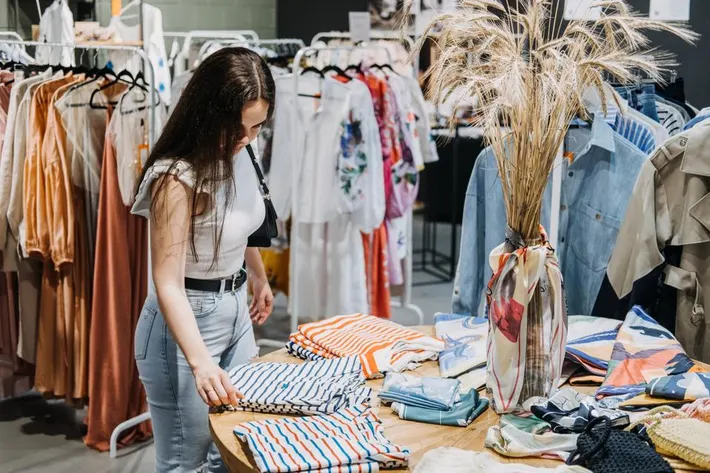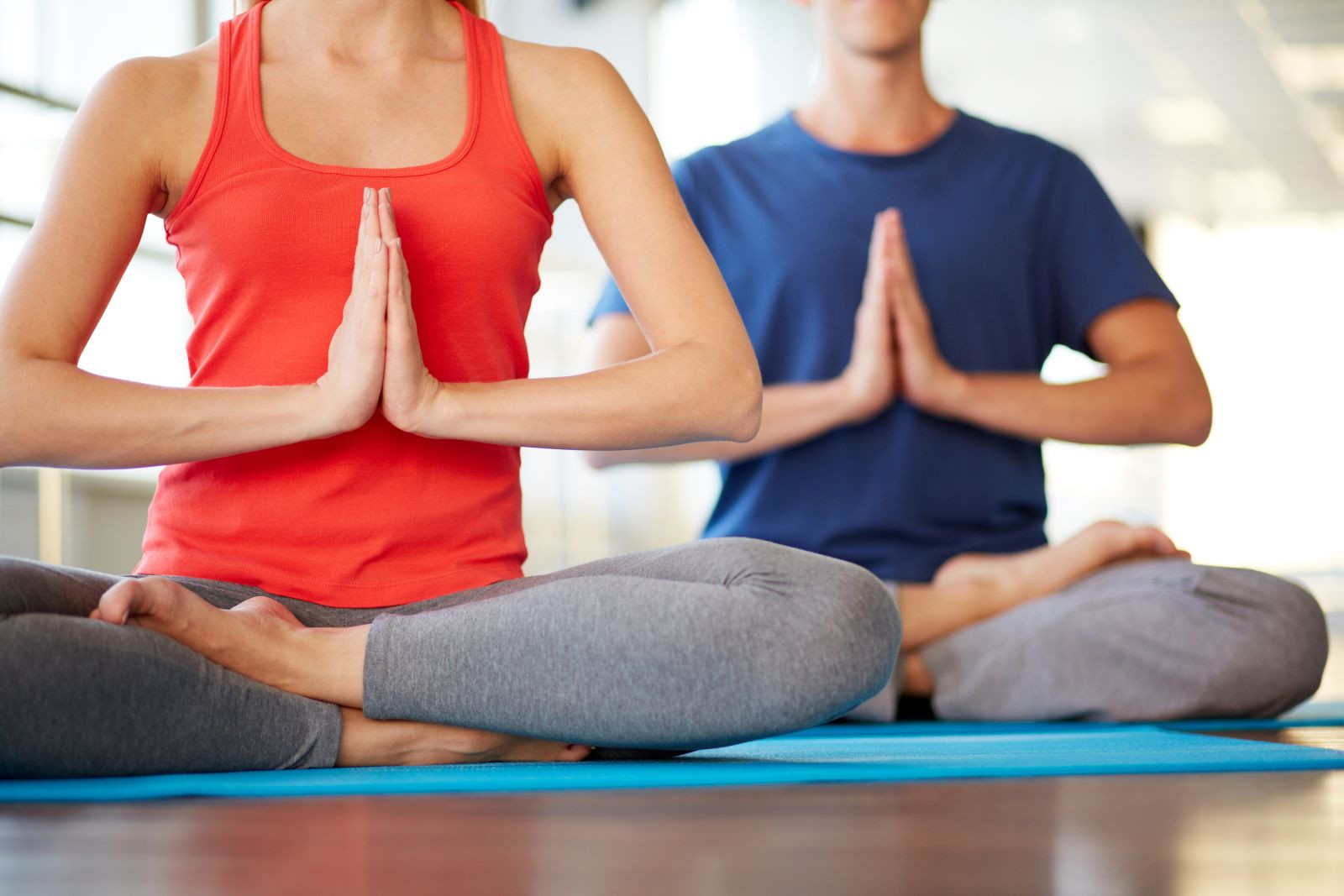Picture this: It’s the summer of 2003, and I’m 14, rummaging through my sister’s closet for the perfect outfit to impress my crush at the local pool party. Low-rise jeans that barely clung to my hips, a bedazzled crop top that screamed “Y2K vibes,” and flip-flops so tiny they might as well have been fairy slippers. I felt invincible, like I’d cracked the code to coolness. Fast-forward two decades, and those same jeans are back—rebranded as “barrel-leg” or something equally fancy—making me chuckle at how the fashion wheel just keeps spinning. That rush? That’s the magic of a fashion trend in action. But what exactly makes something a “trend,” and why do we chase them like they’re the last slice of pizza at a party? In this deep dive, we’ll unpack the essence of trendy fashion, trace its wild history, and explore why it hits us right in the feels—and the wallet. Whether you’re a style chameleon or a cozy-sweater loyalist, understanding trends isn’t just about looking good; it’s about feeling seen in a world that changes outfits faster than I change my Netflix queue.
What Exactly Is a Fashion Trend?
At its core, a fashion trend is like a viral dance move in the world of style—it’s a temporary shift in how we dress that catches fire through culture, influencers, and that one magazine spread everyone can’t stop talking about. Think of it as the collective “yes” from society to a new way of expressing ourselves, whether it’s a bold color popping up everywhere or a silhouette that flatters (or challenges) our figures. Trends aren’t random; they’re born from bigger waves like social movements or tech breakthroughs, evolving from niche whispers to mainstream roars.
The Building Blocks of a Trend
Trends build on simple elements: colors, fabrics, cuts, or even attitudes that vibe with the moment. A single designer might spark it on a runway, but social media turns it into a wildfire—remember how TikTok made cargo pants cool again? These pieces aren’t just clothes; they’re shorthand for who’s wearing them and what they stand for, blending aesthetics with a dash of rebellion or nostalgia.
How Trends Evolve Over Time
Fashion doesn’t stand still; trends cycle through stages like a good playlist—introduction, rise, peak, decline, and fade-out. What starts as avant-garde in Paris might end up discounted at your local mall six months later. This evolution keeps the industry humming, but it also means your favorite look today could be tomorrow’s “what were we thinking?” moment.
The History of Fashion Trends: A Quick Journey
Fashion trends have been around as long as humans have had opinions on hemlines, acting as a mirror to society’s soul—from wartime rationing that birthed practical silhouettes to the glitzy excess of the ’80s. They’ve shifted from royal decrees dictating lace ruffles to streetwear kings like Supreme calling the shots today. Diving into this history isn’t just trivia; it’s a reminder that what we wear weaves us into a larger story, full of triumphs, fads, and facepalms.
From the Roaring Twenties to Y2K
The 1920s flapper era dropped corsets for fringe and freedom, symbolizing women’s suffrage vibes, while the ’90s grunge look—with its thrift-store plaid and Doc Martens—rebelled against polished perfection. By Y2K, we were all about metallics and minimalism, chasing that futuristic gloss. Each decade’s trends captured the era’s pulse, from post-war optimism to millennial irony.
Iconic Examples That Shaped Culture
Take the little black dress: Coco Chanel’s 1926 gift to the world, turning mourning wear into everyday elegance and proving trends can transcend time. Or bell-bottoms in the ’70s, which sailed from hippie protests to disco floors, influencing everything from music videos to modern wide-leg pants. These aren’t just outfits; they’re cultural time capsules that still whisper lessons on reinvention.
Why Do Fashion Trends Matter?
Trends aren’t fluff—they’re the heartbeat of how we connect, signaling everything from our politics to our playlist tastes. In a sea of sameness, jumping on a trend lets you say, “I get it, I feel it,” without uttering a word. They matter because they bridge personal style with collective energy, turning closets into conversations and runways into revolutions.
Social and Psychological Impacts
Psychologically, trends feed our need for belonging; slipping into the season’s hot slip dress can boost confidence like a shot of espresso. Socially, they spark movements—think how sustainable fabrics trended amid climate chats, pushing brands toward greener practices. It’s that emotional tug: feeling fresh, seen, and part of something bigger, even if it’s just a fleeting fad.
Economic Powerhouses
On the flip side, trends are big business, driving billions in sales and keeping designers dreaming up the next big thing. Fast fashion giants like Zara thrive on this churn, dropping “new arrivals” weekly to hook impulse buyers. But they also spotlight ethical shifts, like the rise of resale apps, proving trends can fund both fleeting highs and lasting change.
Pros and Cons of Following Fashion Trends
Chasing trends is like dating: thrilling at first, but it can leave you questioning your choices if you’re not careful. The pros? That instant glow of relevance. The cons? A closet full of regrets and a lighter wallet. Weighing them helps you play the game smarter, blending hype with heart for a wardrobe that actually works for you.
Here’s a quick pros-and-cons breakdown:
| Aspect | Pros | Cons |
|---|---|---|
| Style Boost | Keeps your look fresh and conversation-starting | Can make timeless pieces feel outdated fast |
| Social Vibe | Helps you bond over shared aesthetics | Pressure to conform might stifle your uniqueness |
| Economic Side | Access to affordable dupes via fast fashion | Leads to overbuying and waste |
| Personal Growth | Encourages experimentation and confidence | Risk of trend regret (hello, ’00s velour tracksuits) |
How to Spot and Embrace Trends Without Breaking the Bank
Spotting a trend early is half the fun—like being the first to laugh at a meme before it blows up. Start by scrolling street-style snaps on Instagram or peeking at runway recaps on sites like Vogue. Embracing them affordably? Thrift flips and mix-mastering your existing stash turn “on-trend” into “on-budget” without the guilt.
- Follow the Influencers Wisely: Curate a feed with micro-influencers who mix high-low pieces—real talk over sponsored spam.
- Invest in Staples with a Twist: Grab a classic white tee, then layer on trendy accessories like chunky chains for that seasonal pop.
- Thrift and Resale Magic: Apps like Depop or Poshmark are goldmines for gently used hype—score 2025’s quiet luxury for pennies.
- DIY Your Way In: Hem those jeans shorter or dye a shirt mustard yellow; personalization beats perfection every time.
- Where to Get Started: Check out ThredUp for curated trend drops, or local flea markets for one-of-a-kind finds.
For the best tools to track trends transactionally, apps like ShopStyle or LTK let you shop looks directly from influencer posts—seamless and satisfying.
Current Fashion Trends to Watch in 2025
2025 is all about “borrowed from the boys” vibes meets eco-chic, with trends leaning into oversized blazers, metallic accents, and sustainable knits that feel like a hug from the future. It’s a mix of nostalgia (think updated ’90s slips) and forward-thinking fabrics that breathe easy on the planet. Keeping an eye on these isn’t about hoarding; it’s about curating pieces that evolve with you.
| Trend Name | Key Features | Why It Matters | Where to Shop (Affordable Picks) |
|---|---|---|---|
| Oversized Tailoring | Boxy blazers, wide-leg wool pants | Empowers fluid gender norms | H&M Conscious Collection ($50 blazer) |
| Metallic Minimalism | Silver sheens on simple slips and tees | Adds glam without effort | ASOS Design ($30 metallic top) |
| Sustainable Athleisure | Recycled-fleece hoodies, bamboo leggings | Marries comfort with conscience | Girlfriend Collective ($60 set) |
| Quiet Luxury Basics | Cashmere neutrals, leather loafers | Timeless with a trendy edge | Uniqlo Heattech line ($20 sweater) |
People Also Ask
Google’s “People Also Ask” for fashion trends pulls from real curiosities, like how to stay ahead without losing your mind. Here’s a roundup of common ones, answered with a nod to everyday style seekers:
- How do you recognize fashion trends in the wild? Look for repetition: If three strangers rock the same buttery leather jacket on your commute, it’s brewing. Street style apps like The Sartorialist amplify this—snap, scroll, spot.
- What are the top fashion trends for 2025? Oversized everything meets metallics, per consumer data—think blazers over slips for that effortless cool. Nostalgia rules too, with Y2K revivals like low-slung bags.
- Do fashion trends still matter in 2025? Absolutely, but smarter: They’re less about dictates and more about self-expression, blending personal flair with cultural nods. In a post-pandemic world, comfort-trends like soft separates win hearts (and searches).
- How can I keep up with clothing trends affordably? Curate via Pinterest boards and resale sites—follow “it-girls” on TikTok for inspo, then hunt dupes at Zara or Everlane. It’s about smart swaps, not splurges.
- Why do some trends come back? Cycles mirror society: ’70s boho returns amid wanderlust eras. It’s evolution, not repetition—updated for now, like flares going wide-leg for inclusivity.
FAQ
What is the difference between a fashion trend and a fad?
A trend has legs—it builds slowly, influences culture, and often cycles back (like denim’s eternal glow-up). A fad? It’s a flash: fun for a season, then poof, like those feathered shoulder pads that vanished faster than my New Year’s resolutions. Spot the diff by asking: Does it solve a style itch or just scratch a viral itch?
Why should I care about trendy fashion if I prefer timeless pieces?
Timeless is your rock-solid base, but trends add spice—like jazzing a little black dress with chunky boots. They keep you relevant without overhaul, blending “you” with “now” for that confidence kick. Plus, in my thrift hauls, I’ve scored vintage “trends” that outlast hype.
How can I incorporate trends sustainably?
Go for versatile twists: Snag one multi-use piece, like a trendy scarf that doubles as a belt. Shop secondhand via Goodwill Online or brands like Reformation for eco-fabs. It’s trendy without the trash—guilt-free glow-up.
Are fashion trends influenced by social media?
Heck yes—TikTok and Insta birth more trends than runways these days. A single #OOTD can skyrocket a silhouette, but remember, algorithms favor bold, so balance with what flatters your life, not just your feed.
What’s the best way to avoid trend burnout?
Curate ruthlessly: Ask, “Does this spark joy and fit my vibe?” Rotate seasonally and donate the duds. I learned this the hard way after a ’10s neon phase—now, I mix one trend per outfit, keeping the chaos charming.
Wrapping this up, fashion trends are more than fleeting fancies; they’re our love letters to the moment, wrapped in fabric and flair. That pool-party outfit from my teen days? It taught me trends aren’t about perfection—they’re about play, presence, and the people we become while wearing them. So next time a new wave hits, dive in with eyes wide open. Who knows? Your bold choice might just start the next big thing. What’s your go-to trend memory? Drop it in the comments—let’s style the conversation.









Leave a Reply